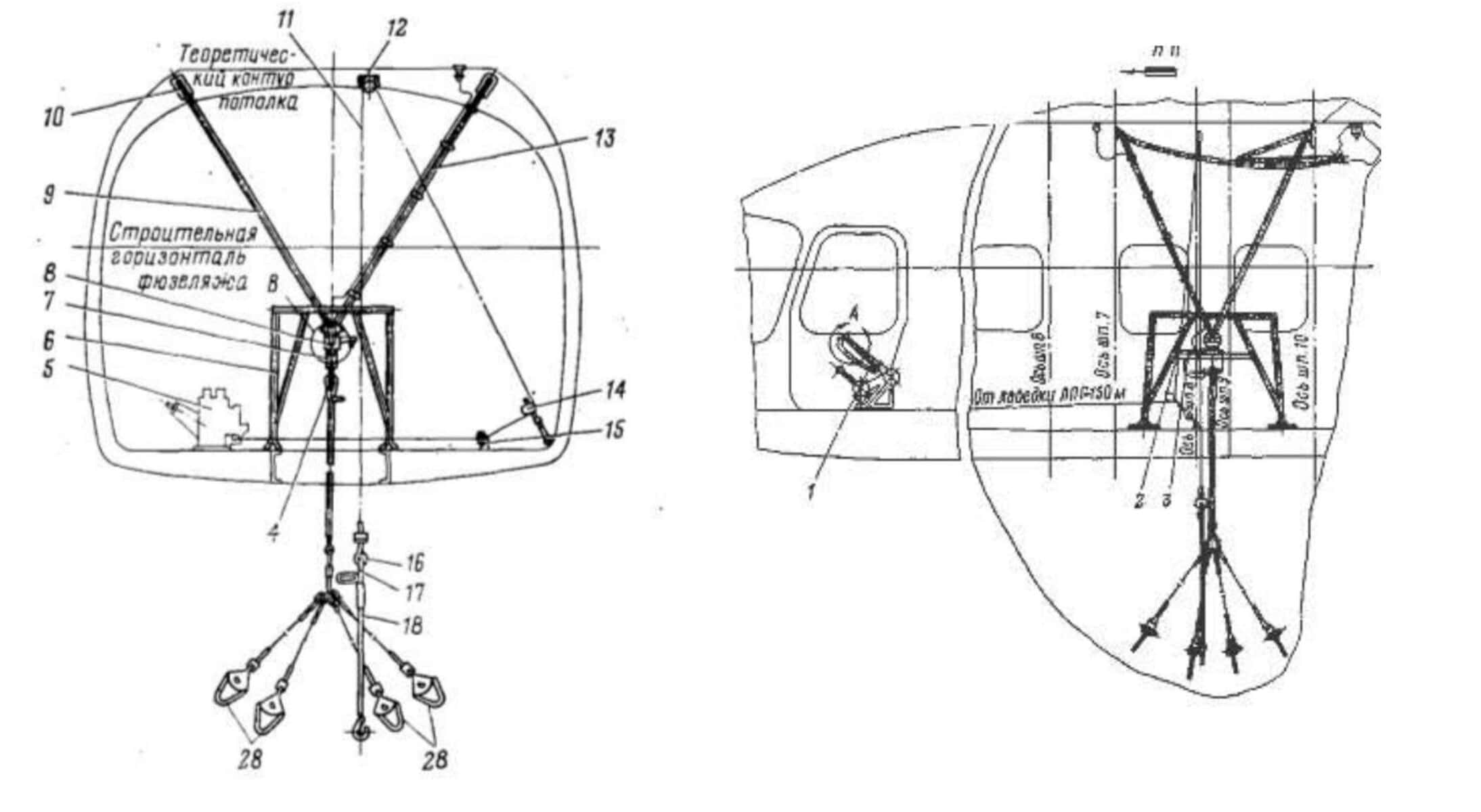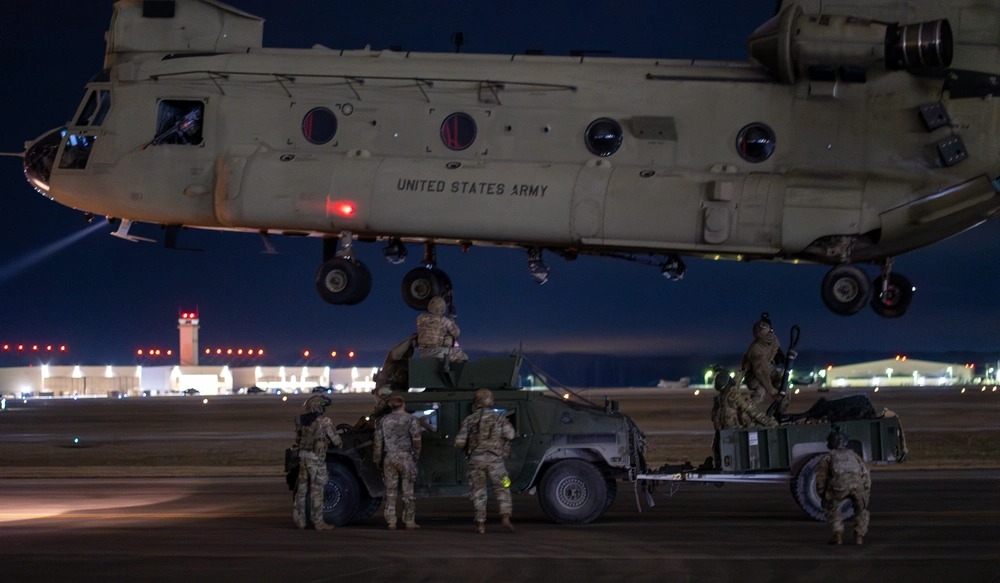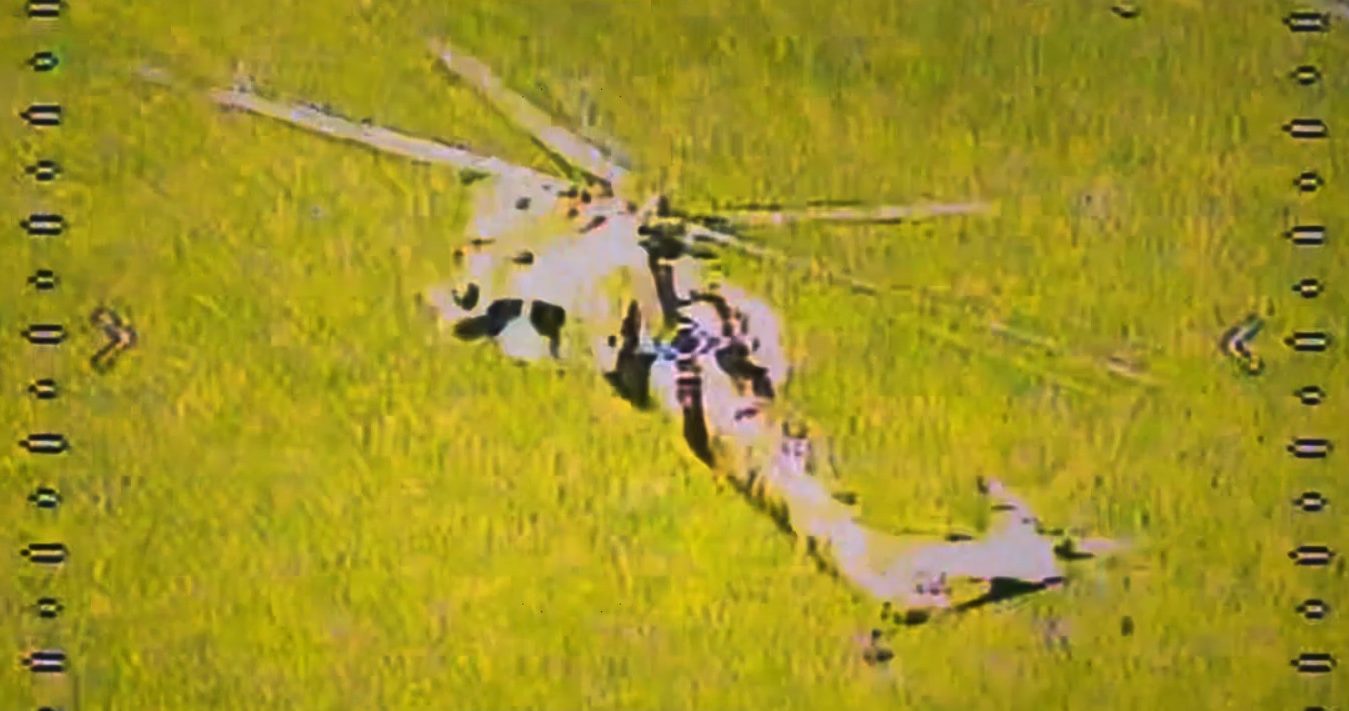
Thanks to international military assistance, the Ukrainian army has received a large number of airborne equipment, from vehicles to artillery, and the fleet has grown to more than a hundred Mi-8/Mi-17 helicopters. But is there any potential for their use in airborne operations, and what risks are involved?
A Ukrainian army aviation officer and Mi-8 pilot discussed with Militarnyi the capabilities of the helicopters, the readiness of the aircraft and crew for airborne operations, and the problems the military may face.
Recently, it was reported that our Rangers received American Flyer 72-LD airborne vehicles that could be transported by Black Hawk helicopters. Can we do the same with our Mi-8s if they weigh about 2.3 tons?
– There are no special problems with helicopters, they can be allocated for the task if desired. There are nuances with external suspension systems because this type of work is not very common in the military, and not every aircraft is equipped with them. Accordingly, not every crew is trained to transport cargo on external suspension. In the current situation, mobilized civilian pilots who have been involved in these types of operations have the most experience.
There are not many special requirements for the cargo. Its weight must meet not only the maximum value (from 3000 to 5000 kg) depending on the suspension system but also the flight task because every extra kilogram of weight is a kilogram of fuel that you will not have enough to deliver the cargo to the unloading point.

Typical military cargoes include various types of shipping containers, fuel tanks, vehicles, howitzers, and heavy mortars. More specific are various types of special stationary equipment (small radars, generator sets, etc.).
However, the helicopter crew can do only two things on their own: get rid of the cargo in an emergency during the flight or put it on the ground and leave it with suspension cables.
Suspension of cargo and other types of unloading, such as disconnecting spider cables for reuse, unloading cargo from platforms, etc., require properly trained specialists.
Such specialists are not required to have an aviation degree, they can be, for example, airborne vehicle crew members or gun operators but they must undergo special theoretical training and exercises.

In the past, some Ukrainian special forces units have already had experience with airborne operations in the combat zone with tragic consequences, so the use of airborne troops in the Russian-Ukrainian war remains contentious.
– In the current situation, I personally find it difficult to imagine a situation in which there may be a need to transport military equipment and supplies on an external suspension, except for some exotic types of work, such as installing some kind of radar or anti-aircraft gun on the roof of a high-rise building, for example.
It should be understood that, first of all, it is impossible to conceal the fact that a group of helicopters with cargo on a sling is within 10 km of the line of combat contact because the presence of cargo requires compliance with a certain minimum safe flight altitude, which will significantly increase the radius of visual and acoustic detection. Accordingly, the enemy will target such a vehicle with so many forces and means of destruction that most of the unloaded property will most likely be immediately destroyed.
This raises the question of the feasibility of this type of work. Is there really a need to deliver the howitzer on the helicopter’s external sling and essentially leave it at the unloading point without the possibility of further movement or change of position without re-using the helicopter? For this purpose, either a separate board must be allocated, or the helicopter that delivered the equipment must have a certain amount of fuel to wait in the waiting area in the air for the evacuation signal.
Also, obviously, the helicopter and cargo during the hook-up procedure become incredibly vulnerable to enemy artillery or FPV drones.

If the highest military minds do conclude that this action is necessary, they need to consider the high level of risk of expenditure of aircraft, its trained crew, and, accordingly, the transported cargo.
In any case, if you can deliver something by land, it is better to do it by land, and helicopters should be used only in cases where there is no other option (delivery of property across water obstacles, for example, without the possibility of pontoon crossings).
Підтримати нас можна через:
Приват: 5169 3351 0164 7408 PayPal - [email protected] Стати нашим патроном за лінком ⬇
Subscribe to our newsletter
or on ours Telegram
Thank you!!
You are subscribed to our newsletter